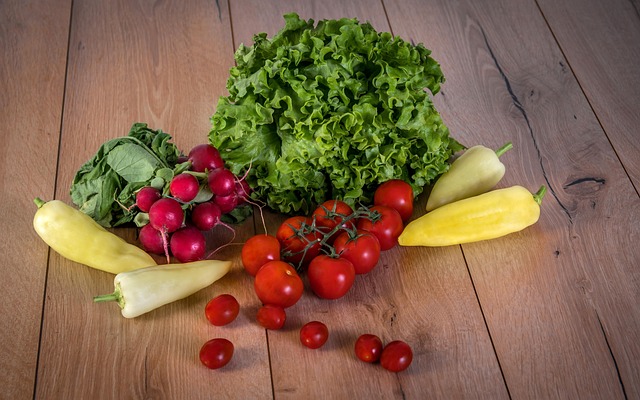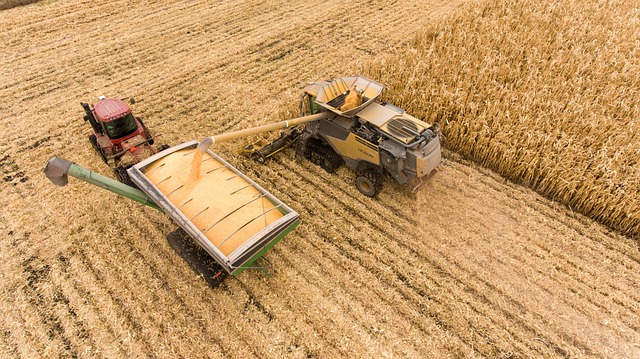In the heartlands of agricultural production, where crops sway under open skies and livestock roam across vast pastures, the rhythm of rural life has always depended on the ability to move – people, products, and resources. Today, as the world leans into a future shaped by eco-conscious innovation, modern transportation methods are not only enhancing connectivity but also redefining efficiency and sustainability in the agricultural landscape.
For decades, rural communities have relied on limited and often outdated logistics systems to move goods from farm to market. These traditional methods were not only time-consuming but also environmentally taxing. The shift toward transport sustainability has become a game-changer. By leveraging electric vehicles, solar-powered distribution hubs, and smart routing technologies, small-scale farmers can now access markets more quickly and at a lower carbon cost.
Integrating these innovations into rural infrastructure means more than just environmental benefits. It empowers communities. With modern transportation methods, farmers gain a competitive edge through improved supply chain reliability and reduced post-harvest loss. Trucks running on biodiesel or electric power, for instance, provide cleaner alternatives without sacrificing performance, while drones and automated vehicles help monitor field conditions and deliver supplies in hard-to-reach areas.
Moreover, these advancements contribute directly to rural development. Enhanced transport options generate jobs, spur local entrepreneurship, and support better access to health, education, and financial services. Imagine a rural co-op that can now transport fresh produce directly to urban centers within hours, thanks to cold-storage electric vans – this is the promise modern mobility brings to rural regions.
Communities that embrace sustainable mobility become more than producers; they become innovators and stewards of the environment. The synchronization of agricultural heritage with cutting-edge transport technologies fosters an inclusive growth model where efficiency, equity, and ecology thrive hand in hand.




